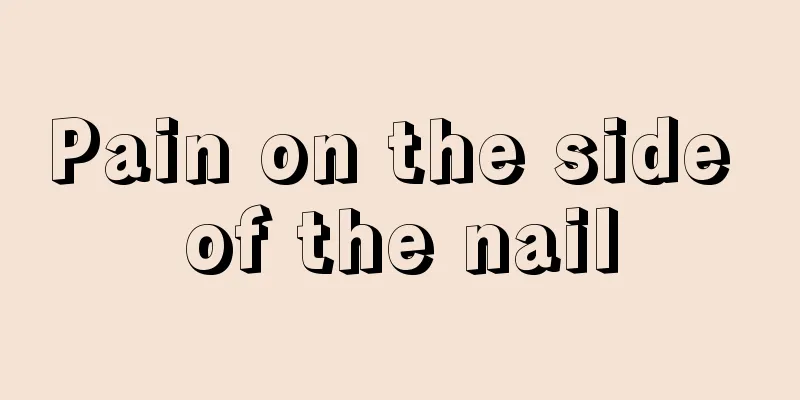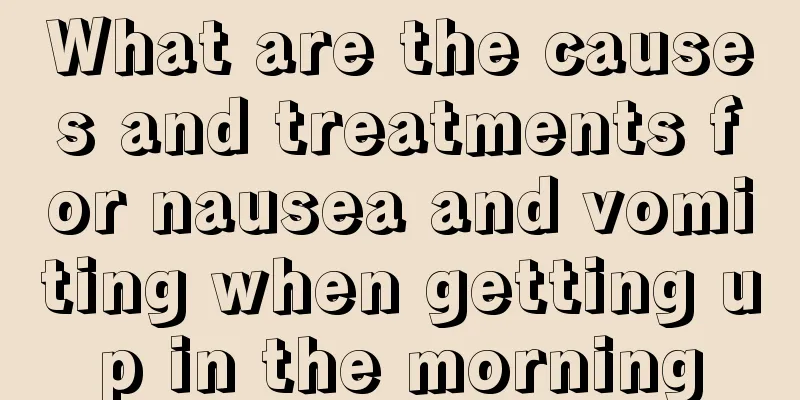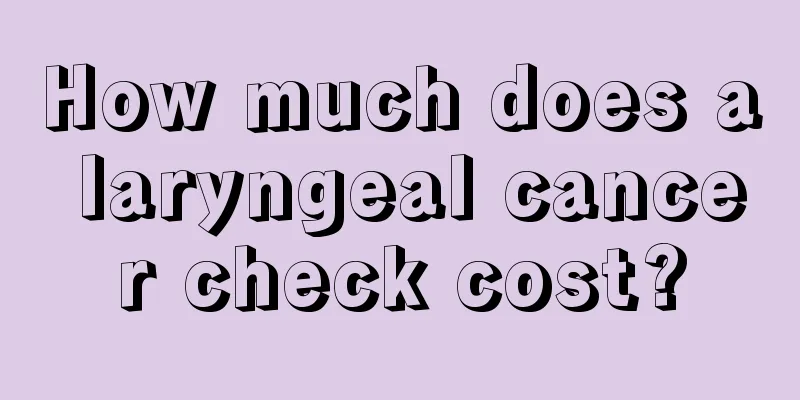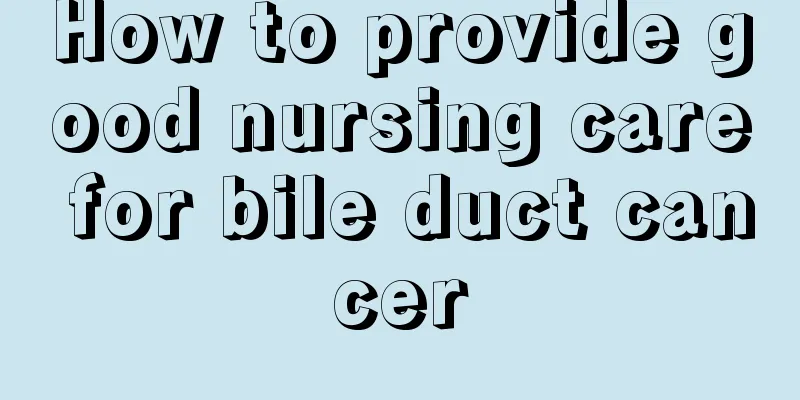Pain on the side of the nail

|
Pain on the side of the nail is a very common symptom and also a clinical manifestation of paronychia. Paronychia is a disease caused by improper care of the area around the nails. Once this disease occurs, it will cause great physical and mental suffering to the person, so you must go to the hospital in time and receive treatment under the guidance of a doctor. Next, I will introduce you to some relevant knowledge about paronychia! 1. Overview Except for the free edge, the other three sides of the nail are connected to the skin folds, and the connecting part forms a groove, which is called the nail groove. Paronychia is an infection that occurs in the nail groove. Most of them are infections caused by minor injuries, such as pulling out hangnails or trimming nails. 2. Causes Paronychia is caused by punctures, abrasions, ingrown nails or extraction of "insect thorns" in the nail groove and surrounding tissues. In addition, biting your nails can bring oral bacteria into the grooves around the nails. Shoes that are too tight and do not fit well can also press the flesh against the toenails, and repeated friction can cause wounds and infections. 3. Clinical manifestations Patients generally have no systemic symptoms, but severe cases may have systemic symptoms such as fever and chills. In acute patients, the proximal part of one or both sides of the nail is red and swollen, with severe pain, followed by the appearance of pus spots, which may rupture and discharge pus. In chronic patients, repeated infection and healing may gradually form nodules or protrusions of inflammatory granulation tissue, which may be accompanied by pus discharge. If the infection spreads to the nail bed, it will cause pus to accumulate under the nail, causing the nail to float or even fall off. IV. Treatment 1. Topical treatment Apply antibiotics such as ichthyol ointment, mupirocin ointment, and polymyxin B ointment externally. 2. Medication Treat with oral antibiotics. 3. Surgery If there is already an abscess, an incision and drainage can be made at the nail groove. If there is pus accumulation at the root of the nail or under the nail bed, the nail should be removed. If ingrown toenails cause recurrent paronychia, onychoplasty should be performed. 5. Prevention 1. Protect your hands and do not soak them in water for a long time, especially in soapy water. Dry your hands and feet immediately after washing them. When housewives need to frequently come into contact with detergents, they can wear rubber gloves to protect their hands. 2. Trim your nails correctly. Trim your nails into a square or round shape. Do not cut off the corners on both sides, otherwise the nail contour will be damaged. The newly grown nails will easily embed into the soft tissue, which can easily induce paronychia. |
<<: Can I use cupping when I have my period?
>>: How to drink grapefruit tea
Recommend
How long can you live without treatment of lymphoma
How long can you live without treatment for lymph...
Understand the common characteristics of ovarian cancer
Ovarian cancer has a long course of disease, and ...
What are the treatments for lung cancer? These methods are the most effective for treating lung cancer
Lung cancer cells are particularly easy to spread...
What are the disadvantages of tampons
Foreigners seem to like tampons especially. In fo...
What's wrong with my sticky mouth?
Healthy people insist on eating and resting on ti...
Is papillary thyroid cancer contagious? What are the factors that may cause infection?
For patients with papillary thyroid cancer, they ...
5 typical clinical manifestations of pancreatic cancer
Pancreatic cancer is a common malignant tumor, an...
What are the symptoms of early gallbladder cancer?
Gallbladder cancer has no specific clinical manif...
What is the best diet after breast cancer surgery? 4 dietary care methods after breast cancer surgery
Breast cancer is a disease that is very harmful t...
Treatment of body eczema
With the faster and faster development of moderni...
What are tampons used for
In recent years, tampons have been favored by man...
What is the treatment for sudden deafness?
Regarding the problem of sudden deafness, in dail...
Can ovarian tumors be passed on to children?
When someone in the family has an ovarian tumor, ...
Young people have knee pain when it's cold
Young people, because of their young age, often t...
How to face bone cancer after it occurs
How to deal with bone cancer? As more and more pe...









